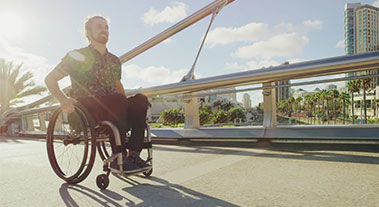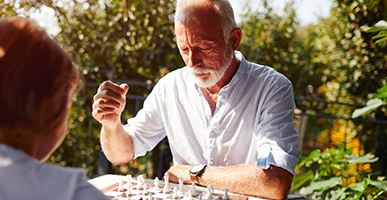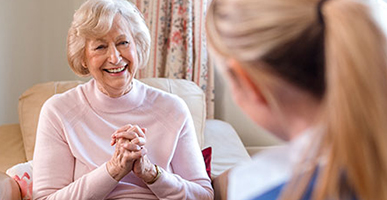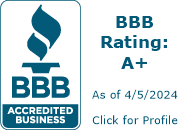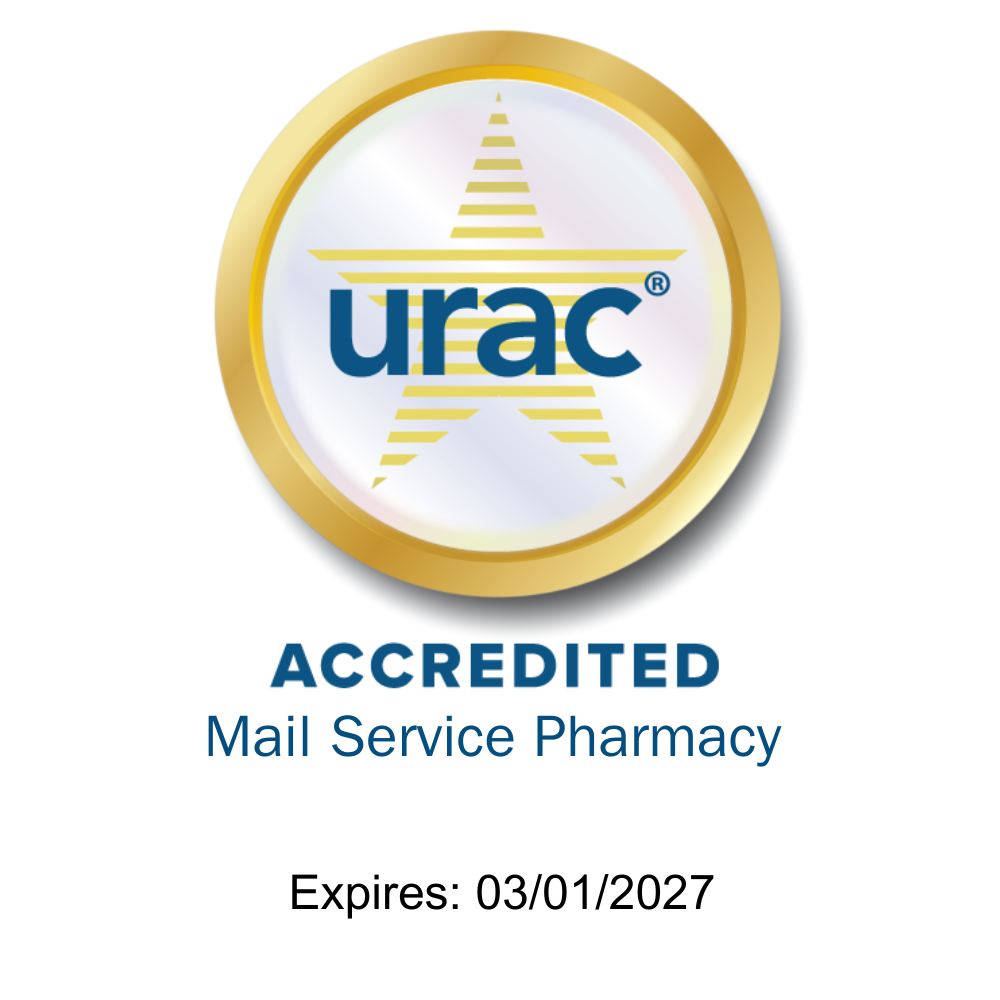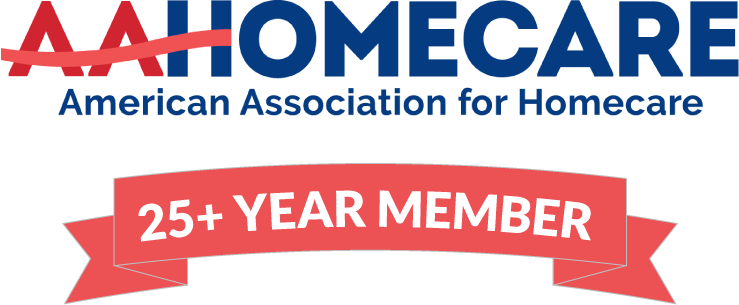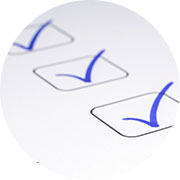
Healthy Habits
Keep a bladder voiding log to help monitor your daily habits.

Diet
Carefully monitoring your diet may help you to determine which foods pose a problem for you.
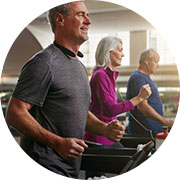
Exercise
Simple exercise can help strengthen your pelvic floor muscles.
Below are some lifestyle tips you can apply to your daily routines to help manage your incontinence.
Continence Care - Daily Habits
- Exercise your pelvic floor muscles regularly
- Be aware of your food and fluid intake
- Keep a bladder or voiding log to help monitor your daily habits
- Plan ahead and anticipate your needs
- Use the bathroom regularly, every 2.5 to 3.5 hours
- Change disposable products frequently to avoid odor
- Watch for urine that has a peculiar odor or color, as it could indicate infection. Be mindful that Asparagus may be the cause for cause in urine odor
- To prevent infection, women should wear cotton underpants, avoid detergent bath additives, colored or perfumed toilet tissue, and sanitary napkins
- Drink cranberry juice (or cranberry tablets) or cherry juice to control urine odor. Cranberry juice and vitamin C help to prevent urinary tract infections
- Those wearing a brief or protective underwear should use a moisture barrier to protect their skin from breakdown
- Some medications may cause or add to urinary incontinence, ask your doctor about the medications that you are taking
- Seek out the expertise of a urologist or incontinence clinic if incontinence is interfering with your life
Continence Care – Diet
- Ease Your Symptoms of Incontinence
- There are no specific dietary restrictions to regulate the effects of incontinence, however there are certain foods and beverages that may trigger your symptoms.
- Carefully monitoring your diet may help you to determine which foods pose a problem for you, and which foods you can consume without worry.
- Keep in mind that different foods affect people in different ways; so careful self monitoring is necessary while you experiment with your diet.
Types of Food You May Want to Avoid
- Foods that contain curry or chili
- Some medications
- Aged cheeses; processed meat or fish
- Aspartame (NutraSweet)
- Carbonated beverages
- Alcohol
- Onions
- Caffeine - Coffee, tea, soda, or cocoa
- Artificial sweeteners including saccharine acesulfame K
- Apples, cantaloupe, onions, citrus fruits, cranberries, grapes, nectarines, peaches, pineapples, plums, pomegranates, strawberries, tomatoes, and spinach
- Foods high in sugar content
Fluids
The following tips should help you to plan you next trip:
It is very important that you never restrict fluids to control symptoms of incontinence, as it will concentrate your urine and lead to infection. It is recommended that you drink six to eight (8oz) glasses of fluid each day.
Drinking water is a great way to maintain your fluid intake; adding a thin slice of lemon may make it more refreshing. Also, diluting grape juice, cranberry juice, cherry juice, or apple juice is a nice way to add flavor without irritating your system.
- Planning ahead is the best way to ensure that you will enjoy yourself, no matter what your method of travel.
- Consider in advance what supplies you should have with you in a carry-on bag. It is a good idea to never allow this bag to leave your side. When traveling by car, do not leave your supplies in the trunk, as it may get too hot and melt your supplies.
- Bring extra supplies, but do not overload yourself. Remember that Byram will ship supplies anywhere in the US. Call 1-800-364-6057 and provide the address of where you will be staying.
- The biggest problem for many travelers is a change in voiding habits. Different foods and water, as well as changes in your schedule may cause your body to act differently. Try to drink only bottled water and remember to be cautious when sampling new foods.
- Bring along a disposable fabric incontinence pad for your bed. This will alleviate unnecessary worry and wash.
- Empty your bladder before you start on a journey of an hour or more.
- As soon as you arrive to your new destination, take a minute to locate the bathroom facilities before you need to use them.
- Wear clothes that accommodate your continence care needs.
- Remember that you may want to avoid all bladder irritants, including caffeine, cigarette smoking and excessive alcohol consumption.
Continence Care – Helpful Exercises
There are simple exercises that you can do at home to help strengthen your pelvic floor muscles. These are the muscles that will help you to better control your bladder and prevent urine leakage.
The pelvic floor muscles are attached to the pelvic bone and act like a hammock holding your pelvic organs, specifically your bladder.
Identifying Pelvic Floor Muscles
It is important to properly identify the pelvic floor muscles in order for the exercises to be effective. They are the muscles you use to hold back gas or stop a urine stream. If you have trouble locating these muscles, the next time you have to urinate, try stopping the flow of urine mid-stream. The muscles you use to accomplish this are your pelvic floor muscles.
Get Comfortable
Although pelvic floor muscle exercises can be done so discreetly that no one will realize you are doing them, it may be a good idea to lie down in a comfortable position at first. Try lying down with your knees bent or with your calves propped up on a low stool or pillow. This will allow you to really concentrate on identifying the right set of muscles.
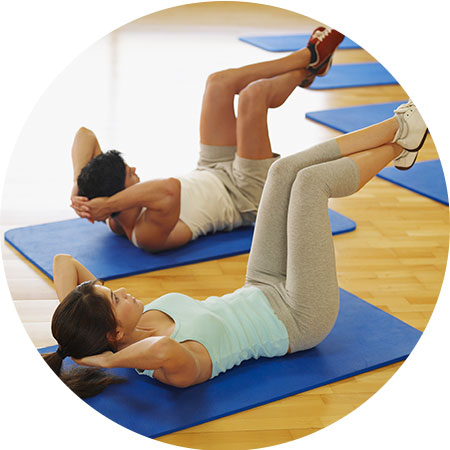
Exercise #1
Tighten your pelvic floor muscles, and then release. Wait 10 seconds and then repeat the muscle contraction. Just like any muscle, it will take time to strengthen your muscles. Start off by completing a set of 10 contractions and gradually increase the number of sets you are able to do. Remember, it is most important to squeeze the correct muscles in a controlled manner rather than complete a large number of exercises.
Exercise #2
Slowly tighten your pelvic floor muscles for a count of five, and then slowly release the muscles. Tighten only the muscles of your pelvic floor. It is easy to accidentally tighten your abdomen or buttocks, so be careful. You may be able to tighten your muscles for several seconds at first, but over a period of weeks you may be able to build up enough strength to hold them for 10 seconds at a time. Exercise your muscles slowly, and be careful not to strain yourself.
Keep Breathing! As you are tightening your muscles, try to breathe out slowly. Maintain an even breathing pattern while you are exercising.
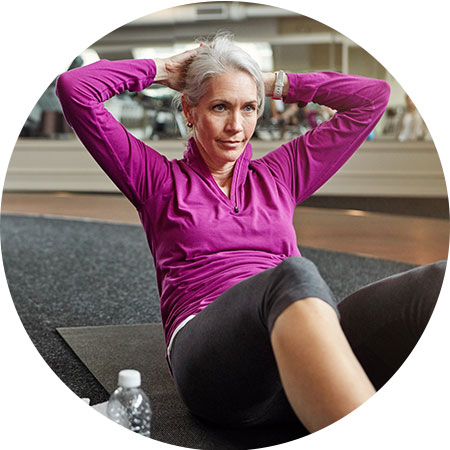
Congratulate yourself! These exercises have been proven to improve urge and stress incontinence. If you keep it up, you will help to improve and maintain bladder and bowel control. As always, consult your physician to see if these exercises are right for you.
Explore our Incontinence Product Catalog
Along with our product offering, our catalog offers valuable information about insurance, education and more.
Visit Our Online Incontinence Catalog Incontinence Product Catalog



